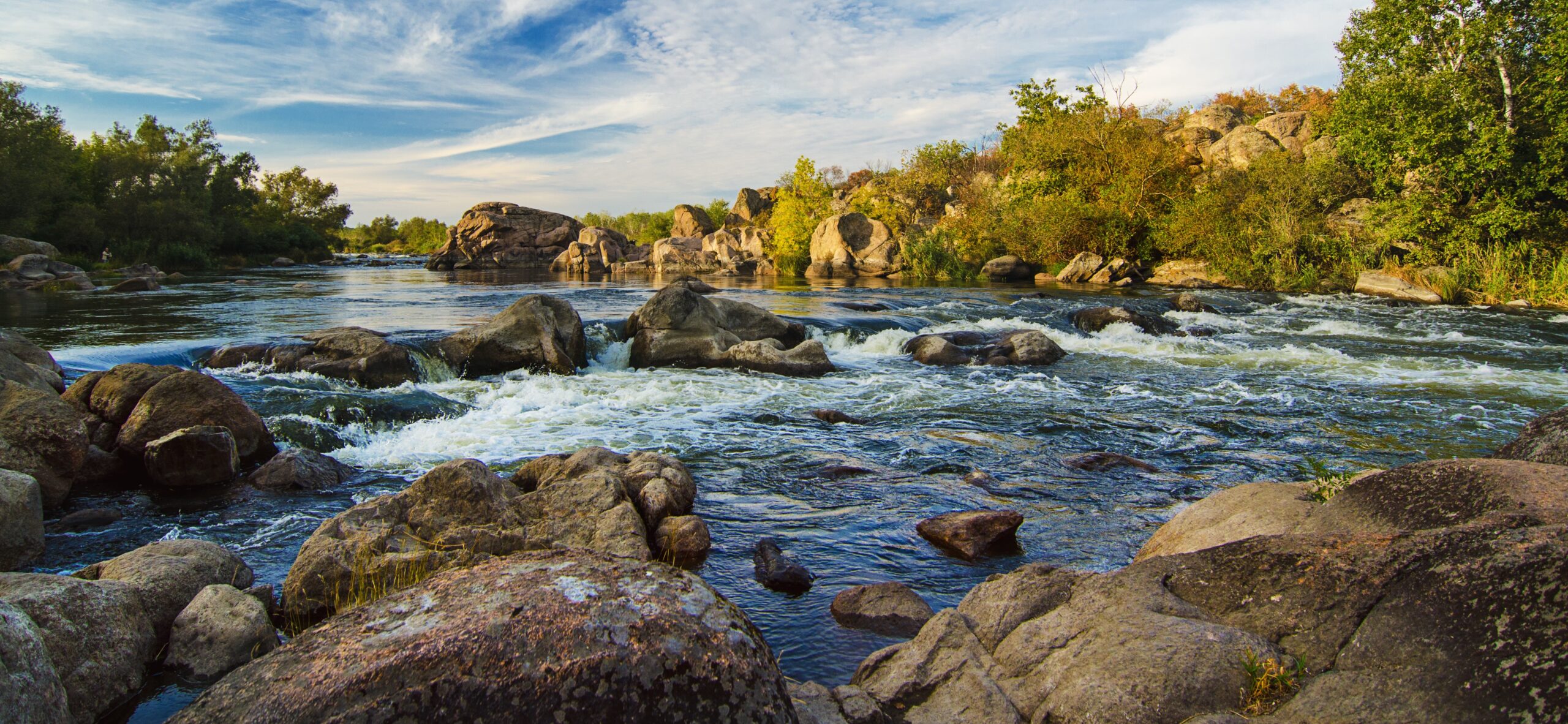
Fact Sheet
Bird-Safe Buildings
Overview
Bird-building collisions kill between 365-900 million birds per year. Bird-safe buildings mitigate this issue by addressing two building design flaws. First is the “window effect,” where birds see landscape reflections in windows and assume it is a safe area to fly. Decals and coating or partitionings can be used to distinguish windows from the environment. Artificial lighting is the second leading factor as it disorients tired, migrating birds during their night time travels. The Lights Out Initiative and use of UV light censoring windows are two strategies that are successful in reducing collisions. Measures like these also benefit humans, as they reduce the burden of light pollution on BIPOC communities, who receive disproportionate exposure. State legislative action can be taken to reduce collisions and address the two leading building design issues. New York City recently passed Initiative 1482B, the most sweeping bird-safe building policy in the nation, requiring 90% of new buildings to be built with bird friendly materials.
Key Points
Key Point 1
There are two broad types of bird-building collisions: (1) daytime collisions into buildings caused by the window effect; (2) nighttime collisions which are most common during spring migration as birds travel from their wintering refuges to summer nesting grounds. (US Fish and Wildlife Services)
Key Point 2
Lowrise and residential buildings are the most common collision source during daytime, with skyscrapers accounting for only a small percentage. (PLOS One)
Key Point 3
Skyscrapers and stadiums are the main source of nighttime building collisions as birds fly higher during migrations. (PLOS One)
Key Point 4
Bird-safe building costs are largely cost neutral, meaning that there is no additional cost to make structures bird-safe when renovating or constructing buildings generations. (Audubon)
Legislation
- Mitigating Light Pollution: Eighteen states and the District of Columbia have light pollution reduction laws, with Oregon’s HB 3119 and Connecticut’s HB 5289 as recent examples.
- Bird-Safe Construction Measures: States can adopt bird-safe measures that new construction must follow and mandate that building renovations comply with bird-safe standards, such as HF 1984 of Minnesota (2015).
- The Lights Out Initiative: Cities across the country have established chapters promoting the reduction of household light usage during peak migration periods to reduce the rate of bird-building collisions.
- Federal Example: HR 919 , the bipartisan Bird-Safe Buildings Act, passed the House in 2020 and can serve as a bipartisan framework of policy that states may follow.

Empower State Environmental Champions
Your donation funds the fight for equitable actions that protect the environment and our health.
Donate